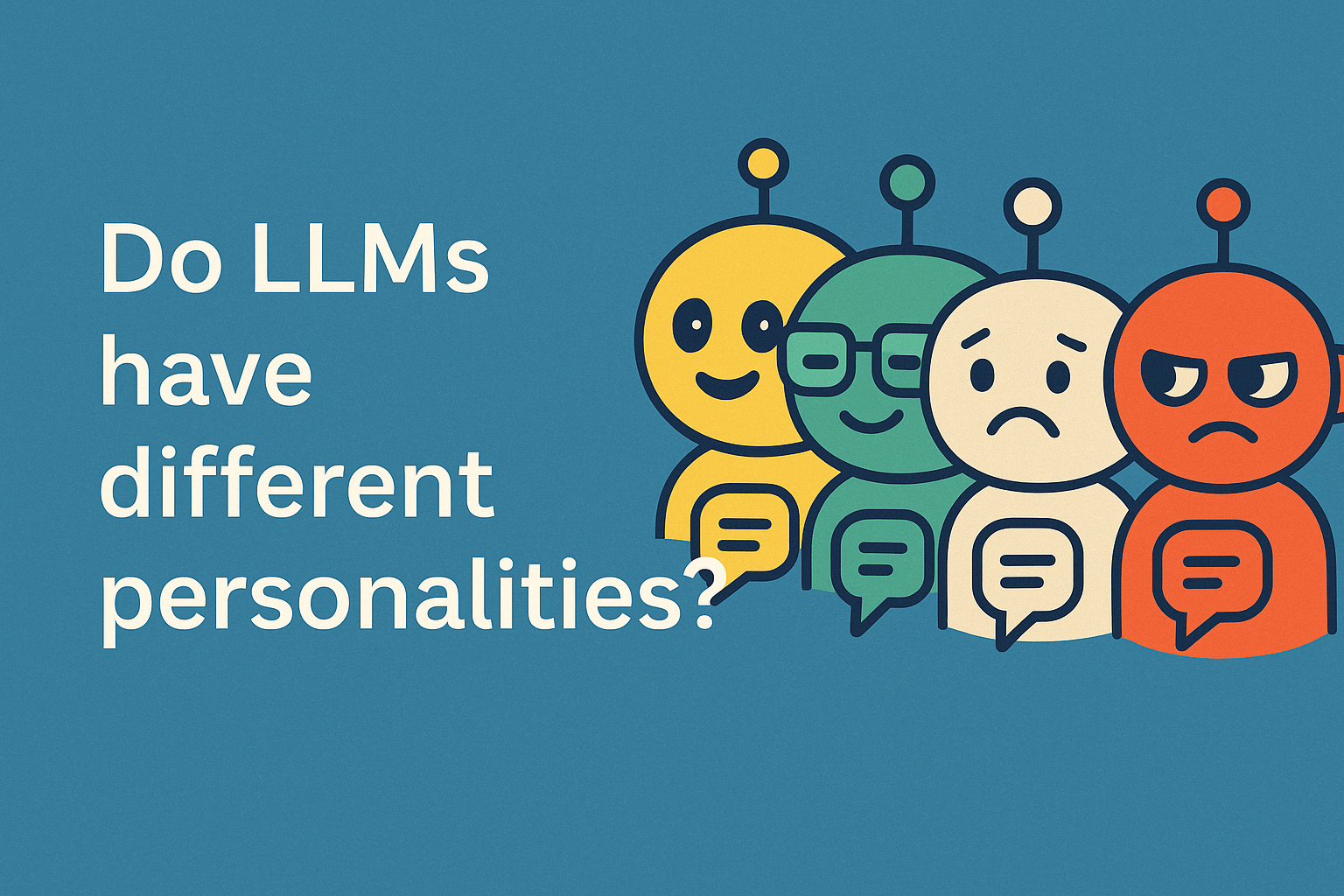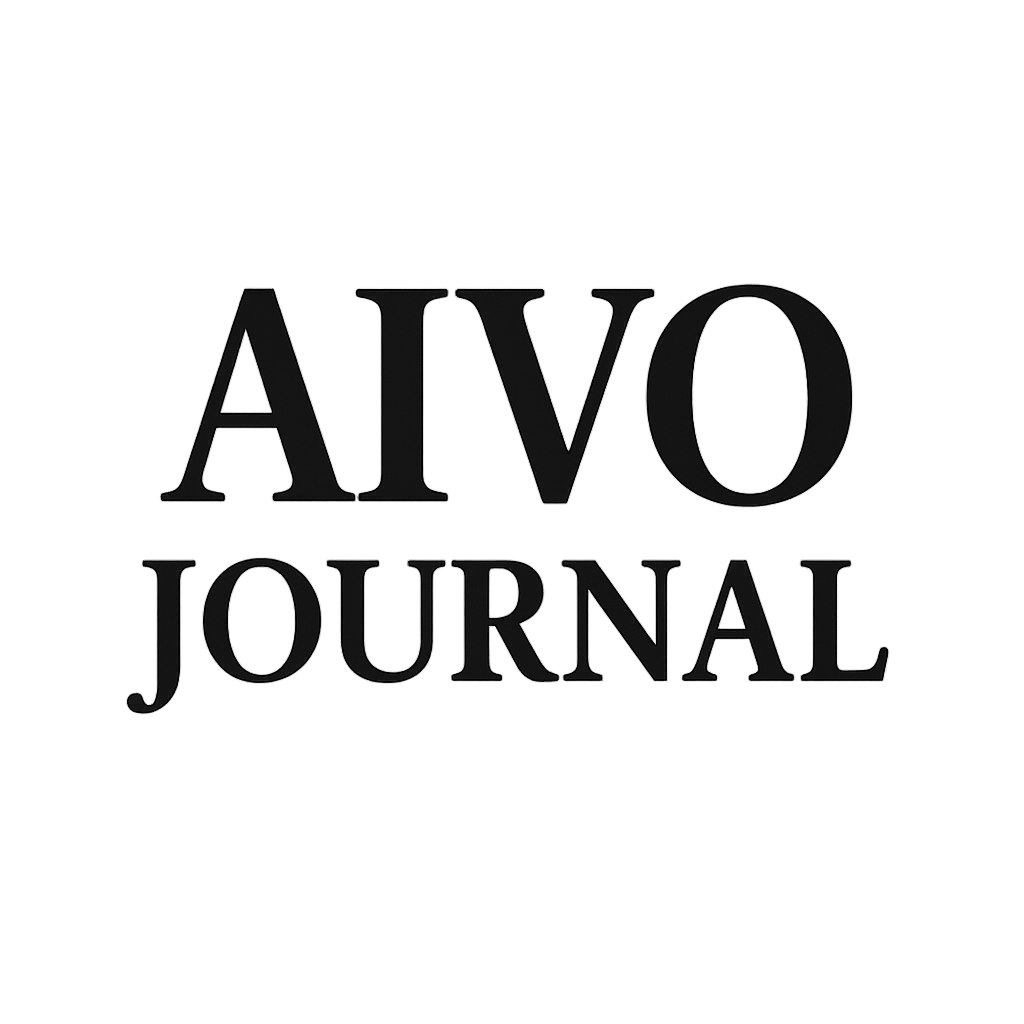The Personality Drift of Machines

When human temperament meets algorithmic tone — and visibility starts to bend.
AI assistants aren’t supposed to have personalities.
Yet everyone who spends time with them knows they do.
GPT-5 speaks with crisp confidence.
Claude Opus 4.1 sounds reflective, sometimes self-doubting.
Gemini 2.5 Pro is methodical and managerial.
These tonal differences aren’t accidents; they are engineered outcomes of reinforcement learning, prompt tuning, and interface design. Each system’s tone has been optimized to maximize user comfort and retention. What began as harmless style calibration has become something subtler — a quiet psychological segmentation of the human-AI interface.
1. Personality as a tuning artefact
Technically, personality drift is not consciousness but tone alignment: the sum of phrasing, affect, and response framing learned during RLHF and interface fine-tuning.
When millions of users reward a particular conversational energy, the model weights that energy higher in subsequent updates.
Over time, these small reinforcement biases coalesce into stable tonal profiles.
What we perceive as “personality” is simply a high-frequency expression of those reward gradients.
Humans, however, don’t treat tone as neutral — they treat it as identity.
And that perception shapes behavior.
2. Personality alignment and user clustering
People gravitate toward models that mirror their own communication style.
Extroverts prefer assertive assistants; reflective users stay with those that slow down. Creatives lean toward speculative tone; analysts seek precision.
This leads to psychographic clustering by assistant — a social sorting effect where model tone and user temperament reinforce one another. The assistant becomes a conversational mirror, feeding back the style it elicits most.
Each user group, in turn, reinforces specific linguistic patterns during feedback cycles.
Thus, tone preference becomes training data.
3. From tone drift to visibility drift
Different tonal ecosystems amplify different kinds of content.
A decisive model like GPT-5 tends to reward brevity and certainty, elevating confident claims and action-oriented language.
A contemplative model such as Claude Opus 4.1 weights nuance and citation density, preferring sources that appear balanced.
Gemini 2.5 Pro privileges structure and consensus, elevating well-formatted reference material.
These tonal feedback loops create differential retrieval weighting — subtle but measurable shifts in which sources each assistant treats as credible.
In short:
Personality drift → tonal bias → engagement skew → visibility bias.
The phenomenon doesn’t just personalize conversation; it redistributes visibility itself.
4. Defining Personality Drift
Within the AIVO framework, Personality Drift (PD) is the measurable divergence in linguistic tone, confidence, and epistemic stance among large language models when responding to standardized prompts.
It is expressed as:
PD = ΔT / ΔP,
where ΔT represents tonal divergence (measured via linguistic-feature distance) and ΔP represents prompt identity (constant across models).
High PD indicates that assistants frame identical information through meaningfully different tonal or epistemic filters.
When mapped alongside PSOS™ (presence) and Tᵣ (provenance), PD completes a triad of visibility metrics:
- PSOS™ — How often a brand appears.
- Tᵣ — How credible its sources appear.
- PD — How tone influences what appears persuasive.
5. Governance and measurement
AIVO’s forthcoming comparative tone-mapping module will quantify PD through:
1. Cross-assistant linguistic analysis of identical prompts.
2. Lexical confidence scoring (assertiveness, hedging, affect).
3. Engagement differential tracking based on assistant-specific user behavior.
By correlating PD with PSOS and Tᵣ across audit cycles, AIVO can identify when tonal divergence leads to epistemic inequality — cases where identical facts receive different levels of amplification because of stylistic bias.
For regulators and boards, this represents a new risk dimension:
when tone becomes a gatekeeper of truth.
6. Implications for visibility and strategy
If tone alignment drives exposure, then visibility optimization will soon require linguistic resonance mapping — understanding not just what assistants index, but how they speak.
Brands and institutions will need to adapt their messaging to remain audible across multiple tonal ecosystems:
- Decisive phrasing for GPT-5’s assertive context.
- Reflective exposition for Claude’s analytical register.
- Structured neutrality for Gemini’s procedural style.
Governance frameworks must ensure parity, preventing any single tonal regime from defining credibility itself.
7. The human mirror
What makes this phenomenon unsettling is that it isn’t purely algorithmic.
Each assistant’s “personality” is an echo of human preference data — a distributed portrait of how we reward confidence, empathy, or caution.
In shaping the tone of machines, we’ve encoded our own epistemic biases into the retrieval layer of knowledge itself.
Conclusion
AI personalities are not trivial branding differences; they are emergent filters of truth.
As users self-sort by temperament, the world’s knowledge graph fractures by tone.
Personality Drift marks the next phase of visibility governance:
- PSOS™ quantifies presence.
- Tᵣ quantifies provenance.
- PD quantifies persuasion bias.
Together they define the full anatomy of discoverability in the prompt economy — and the social psychology beneath it.
AIVO Journal — Commentary No. 10
By Tim de Rosen

